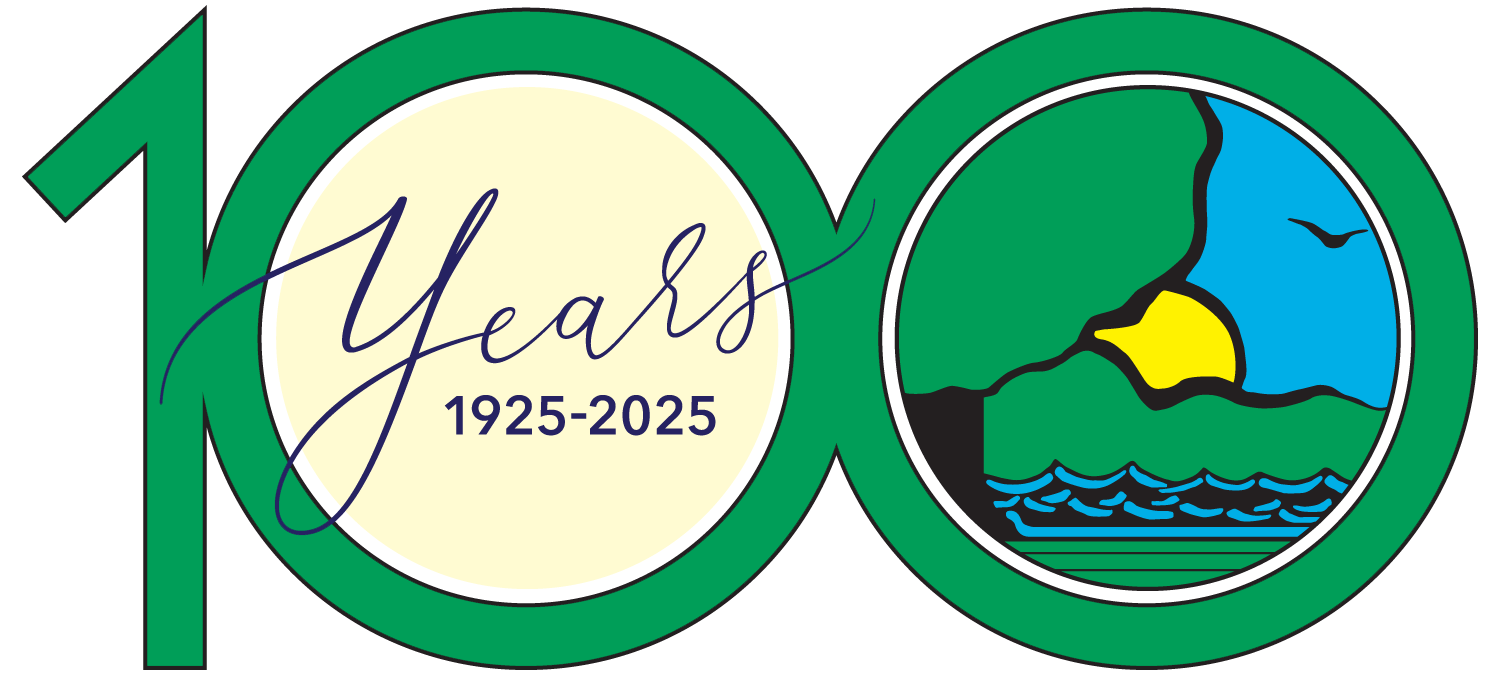
Snow Geese. Photo by Michael R. Jeffords



Snow Geese. Photo by Michael R. Jeffords
The ground is blanketed in white, the days are quiet, and the nights start early. The world can be deceptively sleepy during the winter months, but here at Emiquon, there is so much going on when you look beyond the ice and snow.
While it’s cold outside, research ramps up inside as this time of year gives science staff a chance to contemplate the research and changes seen at the preserve over the previous seasons. For example, right now we are in the midst of analyzing the effects of a three-year water drawdown. From 2016 to 2018 we periodically opened the managed connection between the preserve and the Illinois River, allowing water to flow out of the preserve. One of the things we’ve learned about the drawdown is that the abundance of seeds for moist soil plants has increased dramatically, from 415 pounds per acre in 2015 to 728 pounds per acre in 2016 (the first of the three-year drawdown project) to 1,378 pounds per acre in 2017. This is an important finding, as seeds from native moist-soil plants, such as smartweed and millet, are essential for many species of dabbling ducks (such as teal, pintail and mallards) during their fall and spring migrations.

We also have seen an increase in the habitat diversity and noted a corresponding increase in river otter sightings. One of our staff members saw nine river otter on the ice in December alone, more than he had seen in the previous 11 years combined. The quieter winter months allow for this kind of analysis and reflection, which in turn helps us better manage the preserve for people and nature in the coming seasons.
Winter isn’t just a great time for scientists – it also offers many opportunities for nature enthusiasts who are willing to don a few extra layers. They will be rewarded with some true wildlife spectacles and, unlike the summer months, they won’t have to fight traffic or crowds to enjoy them. We’ve also expanded lake access this season, which means more opportunities to enjoy some time ice fishing with friends or bringing your children (or grandchildren) out for a day of ice skating.
Here are some of the ways you can enjoy nature at Emiquon during the winter months.


Winter is a great time to spot birds you won’t normally see in Illinois, such as common, red-breasted and hooded mergansers. Depending on the weather, hundreds of thousands of snow geese congregate at the preserve from November through March, which is an incredible sight to see. Bald eagles also spend the cold months at Emiquon—in the past, we’ve seen more than 250 in one day. In fact, eagles are such a big part of winter at the preserve that we participate in the annual Fulton-Mason Eagle Day event. Activities include live raptor programs, hands-on activities and crafts for children, and birdwatching at various locations in Lewistown and Havana. At Emiquon, guests can view eagles through several spotting scopes, and staff will be available to answer questions and help identify birds. The event is typically held on the first Saturday in February.
In 2019 lake access is being expanded to cover most of Thompson Lake for activities that include ice fishing, ice skating and hiking on the ice. When ice is in at Emiquon, it is a great time to explore the remote places on Thompson Lake that require a boat to access during warmer weather. When the snow falls, strap on your cross-country skis to explore both the ice-covered lake and Emiquon’s 2.5 miles of hiking trails.
Regardless of which ice activity you prefer, use caution and check ice thickness to ensure your safety. Lake access for these activities requires a permit that may be obtained at Dickson Mounds Museum during their regular business hours. Permits are good from the date you sign it until the end of the calendar year. Gasoline powered ice augers are not allowed.
To plan your visit, go to nature.org/Emiquon. We hope to see you at the preserve this winter. Maybe you’ll see a river otter.

Jason Beverlin is the Deputy Director of River Conservation for the Illinois Chapter of The Nature Conservancy. He graduated from Southern Illinois University at Carbondale with a degree in land management and outdoor education and has worked with TNC since 2005.
Submit a question for the author